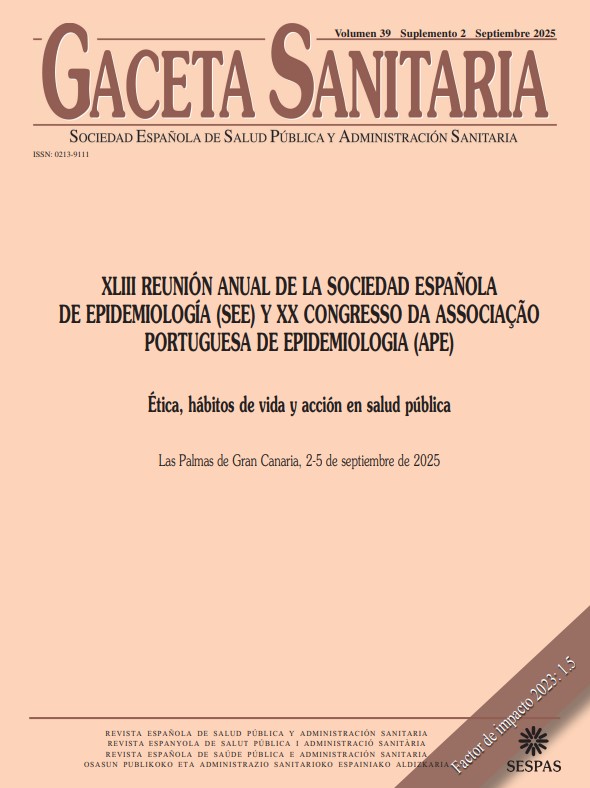90 - LONG-TERM AIR POLLUTION AND BONE HEALTH IN ADULTS WITH OVERWEIGHT AND OBESITY
Health Research Institute of the Balearic Islands, University Hospital Son Espases; Swiss Tropical and Public Health Institute; Institute for Risk Assessment Sciences, Utrecht University; Institut d’Investigació Pere Virgili; Institute of Biomedicine, University of León; Department of Internal Medicine, IDIBAPS, Hospital Clinic, University of Barcelona; Department of Endocrinology, Institut d’Investigacions Biomèdiques August Pi Sunyer, Hospital Clinic, University of Barcelona.
Background/Objectives: Obesity influences fracture risk by increasing bone mineral density (BMD) but reducing bone strength relative to load. With genetics accounting for less than 10% of BMD variance, environmental factors warrant further investigation. Evidence on air pollution and bone health is limited, especially in mature adults with overweight and obesity. We examined cross-sectional associations of particulate matter (PM2.5), black carbon (BC), and nitrogen dioxide (NO2), with BMD at the femoral neck, femoral trochanter, total femur, and lumbar spine (L1-L4) in this population.
Methods: The study builds on the PREDIMED-Plus randomized trial, which recruited participants from different sites across Spain during 2013-2016. Participants underwent dual-energy x-ray absorptiometry and reported their home address at baseline. Annual air pollution exposures were assigned by linking addresses to hybrid land-use estimates of air pollutant concentrations at 100m resolution. We used BMD T-scores standardized by age, sex, weight, and height. For each exposure-outcome pair, we used linear regression models adjusted for sex, age, study site, physical activity, sedentary time, education, smoking, and dietary calcium, fruit and vegetable intake, and percentage of fat and lean mass.
Results: We included 891 adults (age: 54-75 years, 50% women) from 4 cities (Pamplona, Palma, Reus, León). In fully adjusted models, a 5 μg/m3 increase in PM2.5 was associated with a -0.21 (95%CI: -0.57 to +0.14) reduction in lumbar spine BMD and -0.11 (-0.38 to +0.15) in femoral neck BMD. Positive but non-significant associations were found for femoral trochanter and total femur, and for BC. No associations were observed for NO2.
Conclusions/Recommendations: Our findings suggest that long-term PM2.5 exposure may be linked to lower BMD in the femoral neck and spine among mature adults with overweight and obesity. Further research is needed to confirm these associations in this high-risk population and others for public health implementation.
Financiación: Instituto de Salud Carlos III (ISCIII), "CD23/00227", cofinanciado por la Unión Europea.















